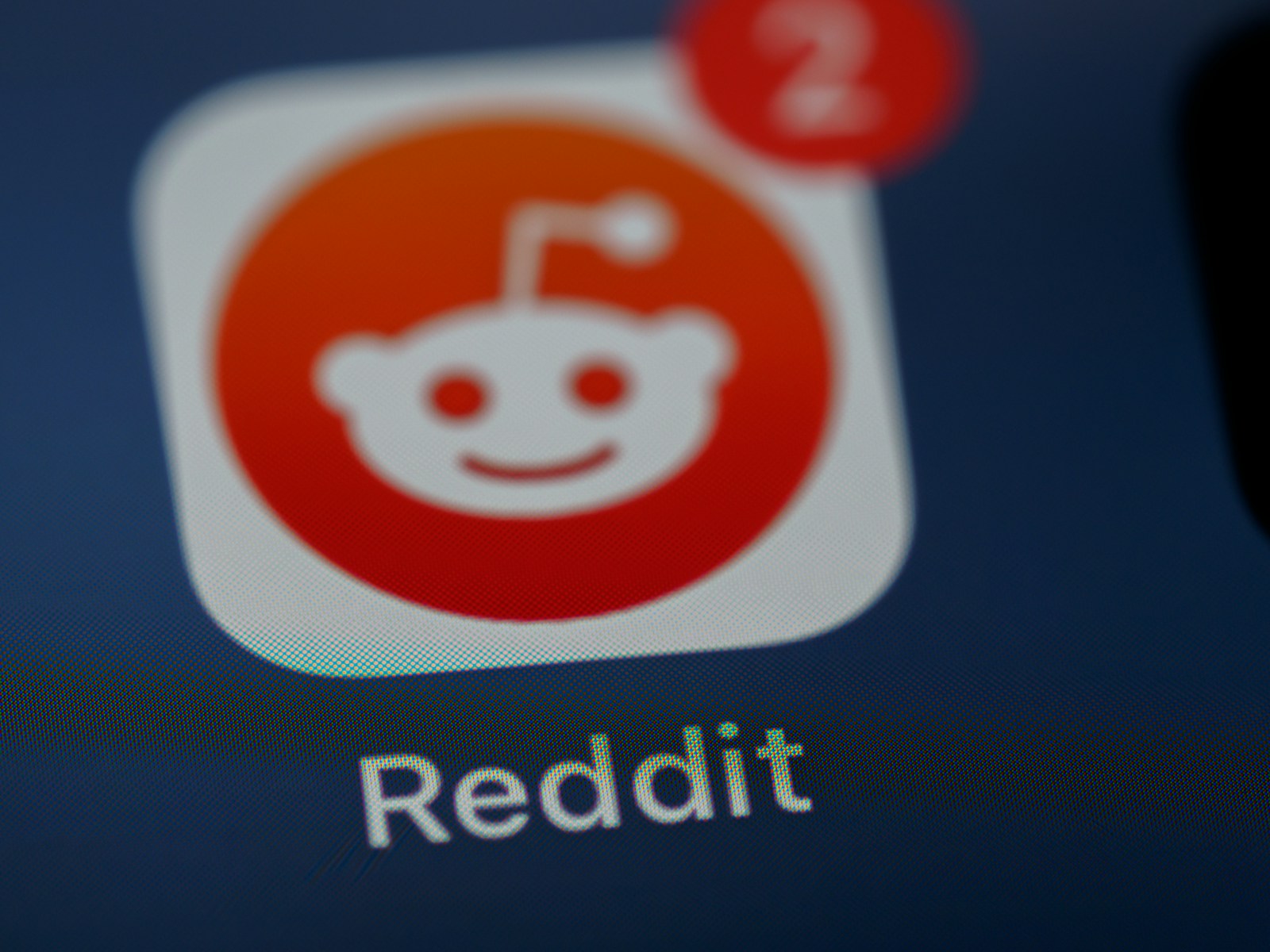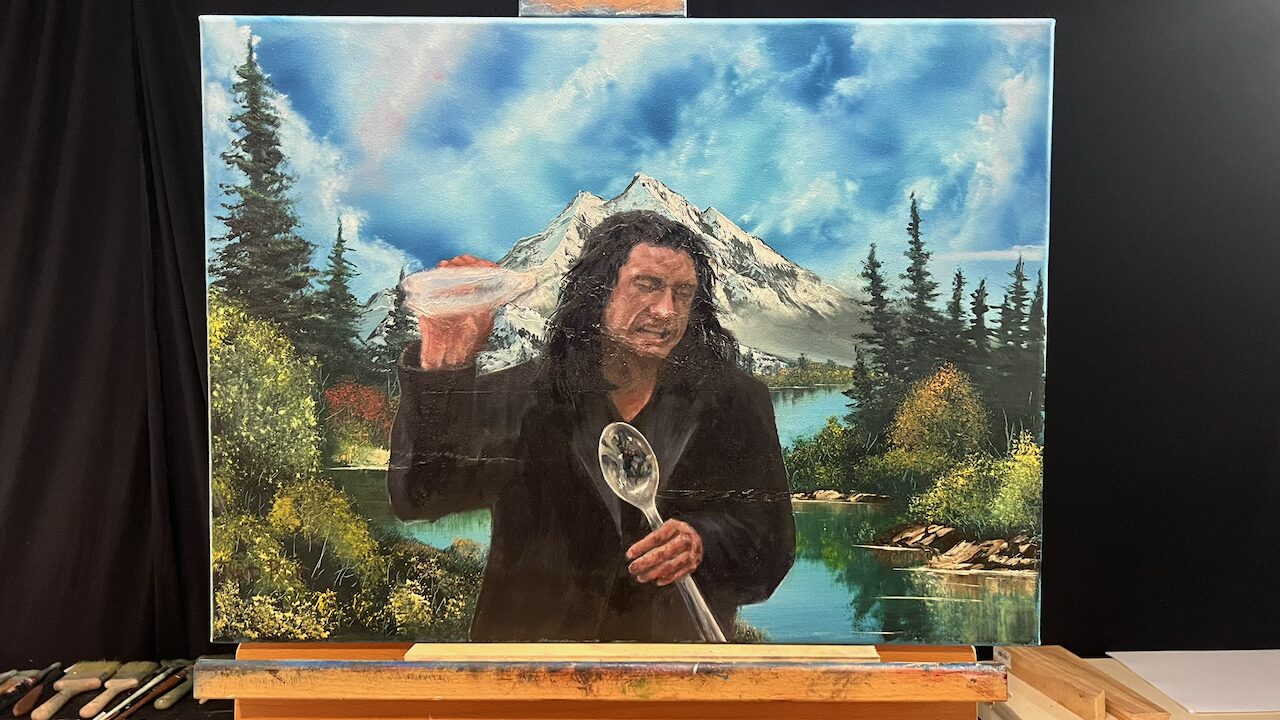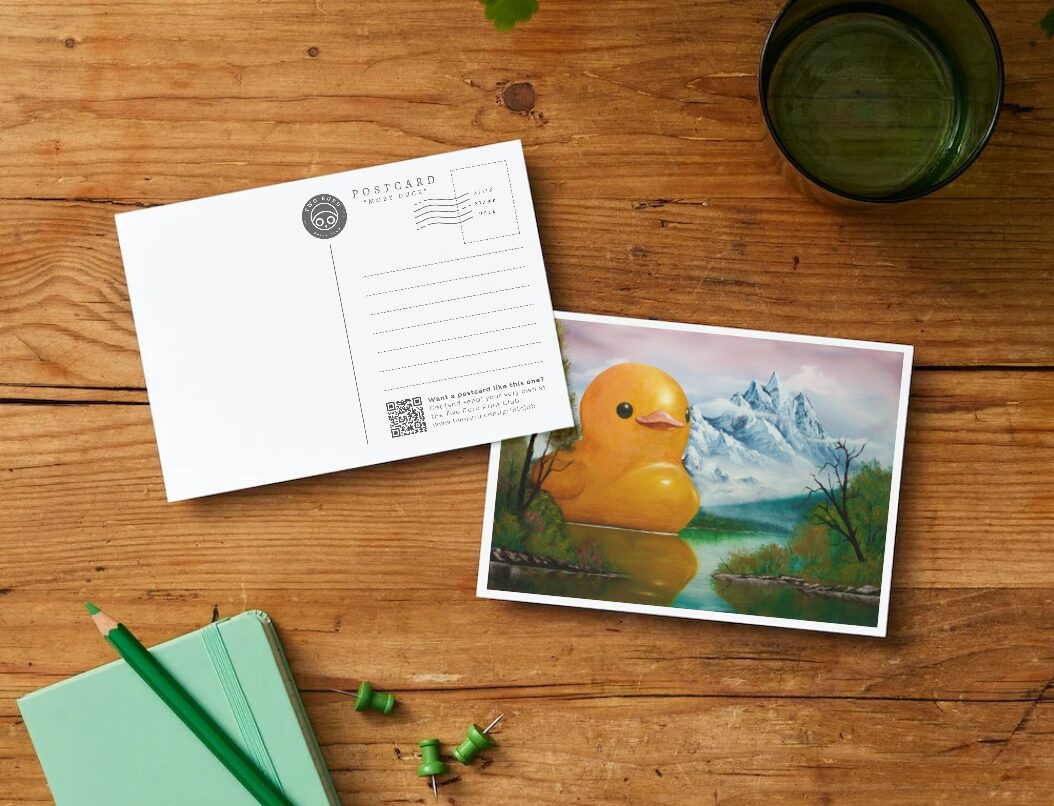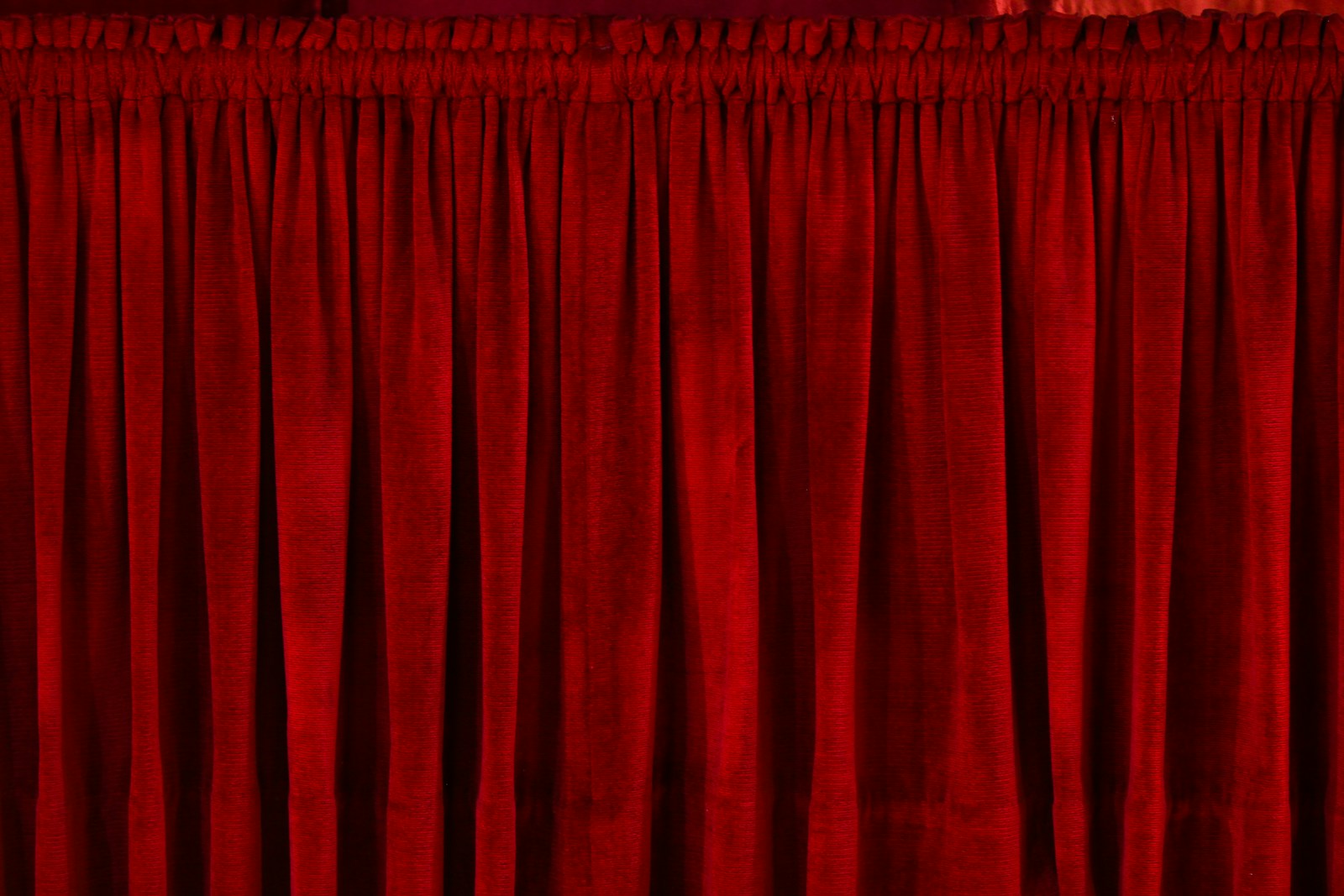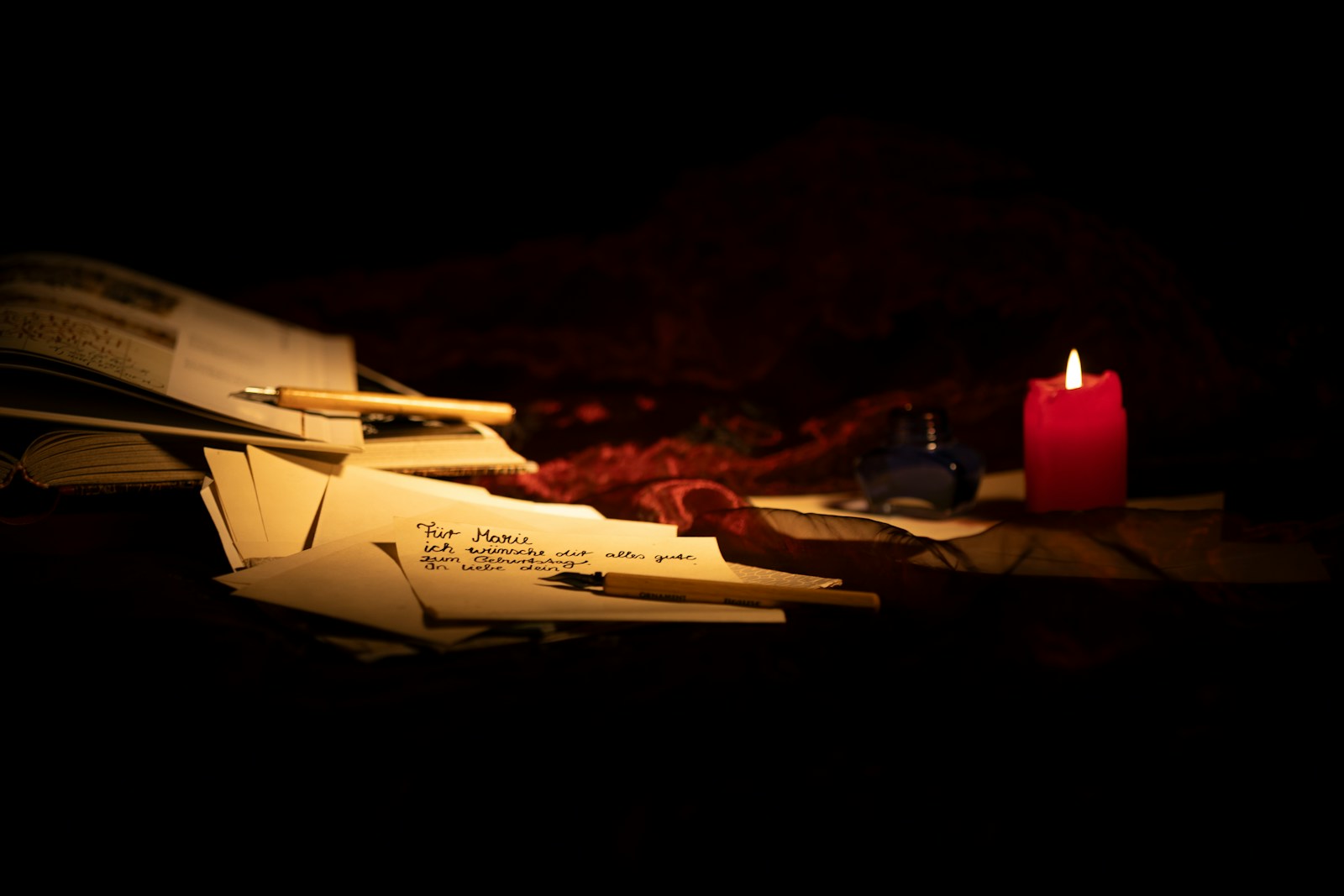It’s a truism that aphorisms never track back to the person who supposedly said them.
— Mark Twain.1
Gary Player, a golf player who (for the non-golf players) really is called Gary Player, supposedly coined the aphorism, “The more I practice, the luckier I get.” Of course, he did not really invent the phrase, and we know this mainly because he says he didn’t. According to the excellent Quote Investigator, which I learned about ten minutes ago, the quote originates with a Cuban revolutionary mercenary, which somehow makes the extremely cool phrase even cooler.
Because it doesn’t matter who said it (and apparently Thomas Jefferson said something similar) the aphorism is true. If you practice, you get better. Dangle more lines and you have a better chance of snagging a fish. If you cast a die more often, the probabilities multiply. I could go on; I won’t. The point is that eventually you come to a place where probability and practice and talent kind of merge. The more you play…
That’s the reason I started my challenge series, both here and with my semi-daily 30 days of videos; I wanted to get better by doing things that maybe weren’t destined to be great but at least existed. Instead of avoiding mistakes, I’d just accept that mistakes would be made, and ideally I’d learn from them. Much in the same way I enjoy the challenge of making my own art, I wanted to give making my own luck a shot.
And now that I’ve been at it a while some of those luck chickens are finally coming home to roost. Of course, these plump fowl are the consequence of hard work, but that’s what the saying is saying; effort and luck are in many ways indistinguishable. The Secret Project I’ve been hinting at goes live tomorrow, and I’m looking forward to showing you all the results. What’s more, useful emails were exchanged. Calls were made. Good Zoom meetings were had, as opposed to the normal kind of Zoom meetings.
I’m pleased, not least because it’s nudging me towards thinking there may be some viability to my hybrid art sales / social media / art teaching / marketing consultancy malarkey, but because I have been up since 4 AM for a variety of reasons, which is the name I should have given my daughter. If this episode was more incoherent or circuitous than normal, now you know why!
It’s now 11 o’clock and all’s well. Time for bed, and the best weekday yet to come.
Thanks, as always, for reading. I haven’t shown you the big red button in a while, out of a fear that folks were getting Big Red Button fatigue. Here it is again.
Do you feel lucky?
A skeptical dive into the weird, sketchy, occasionally life-changing world
of self-improvement.
- I am lying. As far as I know.




